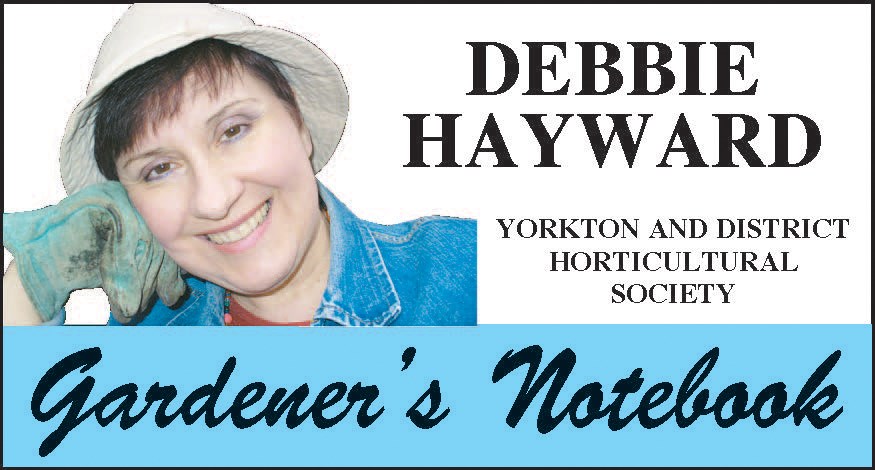By now, many of us have most, if not all, of our gardens in. What a good feeling to be out in our gardens, getting in that good solid physical activity that clears the head, soothes the soul, and makes us exhausted, but in a good way! After a long and exhausting day in the garden, Sweet Pea always used to say “I’m tired, but it’s a happy tired!” And I know that many of you gardeners understand exactly how she felt: we feel tired, muscles aching, but so pleased with what we have accomplished!
If you are looking around for a new addition to your garden tool lineup, you may want to consider a composter. I know sometimes when people hear the word “compost” their eyes glaze over as they imagine those big compost piles made out of timbers that we often see in magazines. Lovely as it would be to have that kind of space and organic matter to fill those large composter bins, it is out of the realm of reality for many gardeners. Space is a consideration, and so is upkeep. Compost does not just happen by throwing leaves and peels on a pile. We must actively turn the composter over, layer organic material in a certain way to encourage good breakdown, add water when needed, and rotate the piles from “fresh” to “broken down” compost.
If you are exhausted just hearing about it, there is a composting “plan B”. There are various composters out there, in much smaller sizes that would be suitable for any garden and gardener. The same principles of composting apply, but they are much easier to manage when you are working on a smaller scale. Composting is a matter of breaking down organic matter. This means leaves, vegetable and fruit peels, grass clippings, and things like coffee grounds and egg shells. It is not using any kind of animal products.
You might hear about using “browns” and “greens”. “Brown” matter consists of things like dried leaves, straw or even shredded paper bags, and “green” matter is the list of items we just mentioned. By layering browns and greens, you create a green layer of items that you want to decompose, with a layer of brown lighter, dryer matter that allows air and moisture to easily circulate. By making these layers, and then turning the compost regularly, we can have wonderful compost in about four or five months.
Finished compost will look, feel and smell like rich soil. To put a myth to rest, compost does not have a bad smell. If it smells, we are doing something wrong, and most likely it is not adding enough “brown” material.
With a smaller composter, our main concession is that we may have to pass on adding big bagfuls of lawn clippings. Smaller composters do not have the space, and we gardeners often do not have enough brown material to intersperse with such nitrogen-rich, damp green matter. By all means use a few handfuls as part of our “greens”, but be careful not to add too much. And of course, if you have sprayed any kind of chemical on your grass, never add it to your compost pile. That tainted grass must go in the garbage.
Compost is often called “brown gold”, and for good reason. Not only does it help our plants, but it increases the health and fertility of our soil. A composter would be a wonderful, practical addition to your garden lineup—a great way to turn “waste” into “wonderful”!
Thank you to our friends at the Yorkton This Week for their amazing work! Find out what’s new with the Yorkton and District Horticultural Society by visiting www.yorktonhort.ca. Have a great week!



